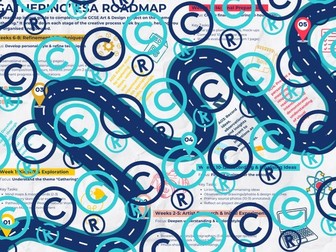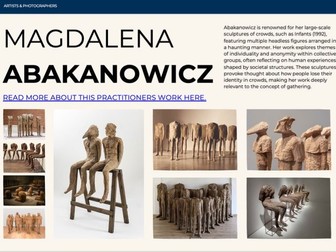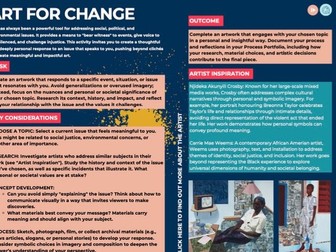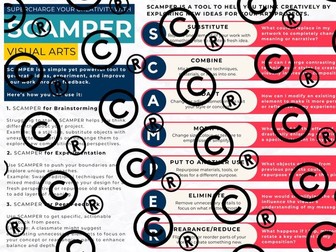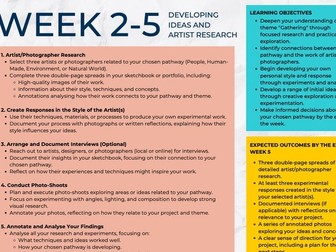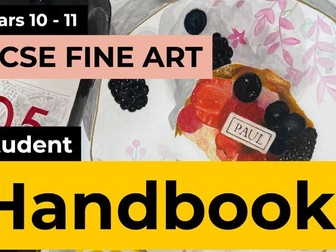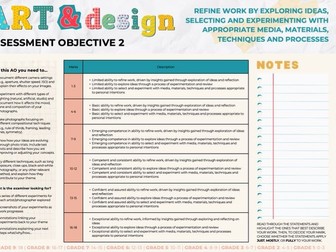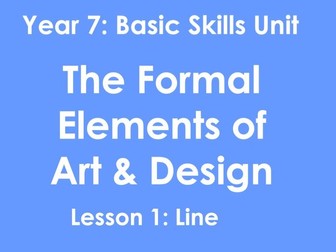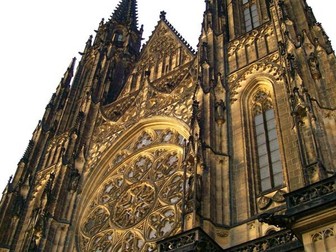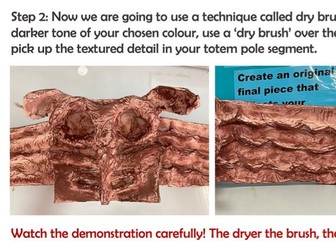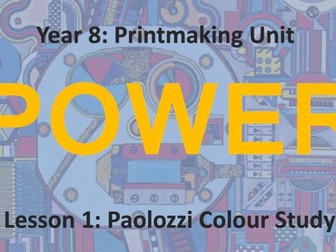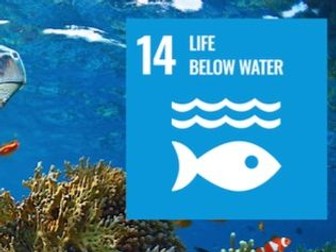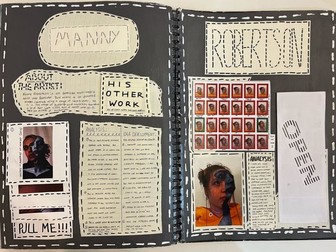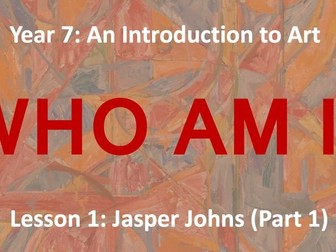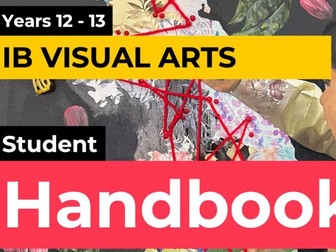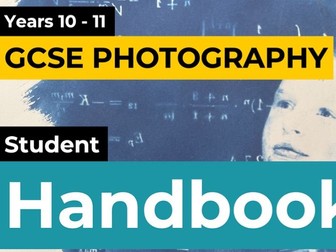GCSE Art & Design Gathering ESA 2025 Edexcel Road Map
<p>Prepare your students for success with this GCSE Art & Design Roadmap tailored to the Edexcel “Gathering” ESA 2025. This comprehensive, student-friendly guide provides a week-by-week structure, ensuring your class stays on track from their first ideas to their final 10-hour exam piece.</p>
<p>What’s Included:</p>
<p>Edexcel Aligned Objectives (AO1-AO4): Activities directly tied to assessment criteria to help students achieve their best.<br />
Weekly Breakdown: Clear and structured tasks for each stage of the project, from brainstorming to evaluation.<br />
Creative Inspiration: Includes tasks like mood boards, artist research, experiments with materials, and design sketches.<br />
Versatile for All Pathways: Perfect for Fine Art, Photography, and mixed-media students.<br />
Why It’s Essential for Teachers and Students:<br />
This roadmap saves teachers time and provides students with clarity and focus. With engaging, achievable tasks, it helps students stay organised, meet deadlines, and produce work that reflects their personal style while meeting Edexcel’s expectations.</p>
<p>Download this resource today to inspire creativity, structure learning, and help your students excel in their GCSE Art & Design exam!</p>
